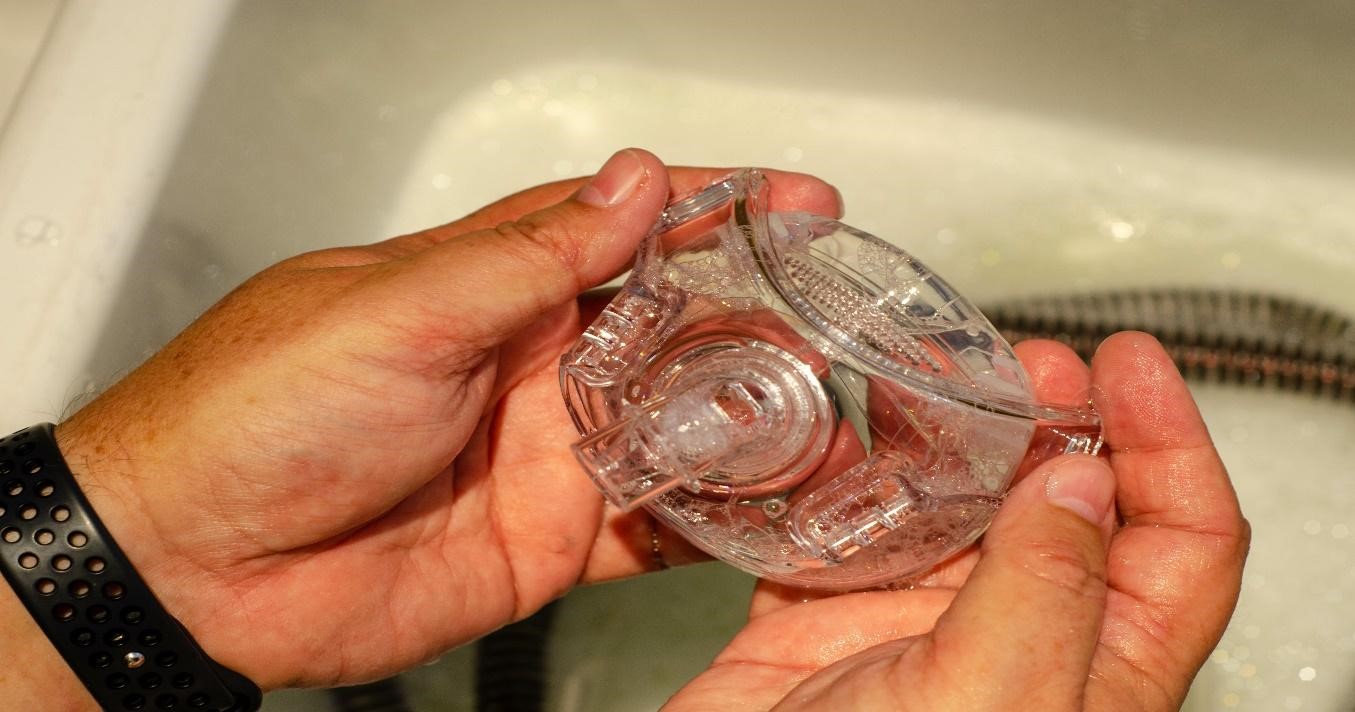Table of Contents
Solving CPAP Mask Leaks
In this post, you will gain insight on to how to solve this issue.

The CPAP device is primarily a means to utilize air pressure as a pressurized splint to keep the airway open during sleep. A prevalent problem occurs when pressure escapes from the CPAP mask and goes into the air and renders the CPAP therapy ineffective.
Different CPAP Mask Leaks
1. Mask Seal Leak
The leak from the mask seal is the most problem leak problem found in CPAP therapy.
It happens when the air from the breathing machine is leaking between the “mask” and your face and spurts out into the eyes, cheeks, lower chin, etc.
2. Mouth Leak
The mouth leak occurs when you sleep with your mouth open, and a significant amount of air pressure exits instead of entering the airway. This form of CPAP mask leak occurs with nasal masks.
Effects of Mask Leaks
There are two reasons why mask leaks are not favorable:
- an uncontained CPAP mask leak may challenge your CPAP’s programming to maintain the prescribed pressure, cause the device’s sensors’ ability to stop detecting therapy, and prevent the CPAP’s internal algorithms from working correctly.
- A substantial leak may affect you and your sleep by blowing in your eyes, making noises, or produce increased airflow through your upper airway and dry you out via your nose and mouth.
Preventing CPAP Mask Leaks
Things to do before sleeping
If you already have a CPAP mask, and eliminating air leaks is attesting difficult during your nightly therapy, here are some immediately useful tips that can be done to prevent those leaks.

- Clean your mask using warm soapy water. Clear away all dirt and debris. And let air dry. (mostly completed in the morning)
- Assuring a dry mask, place it on your face, make the Velcro adjustments nice and even on both sides of your head (goes for most masks)
- Connect your mask to the CPAP tubes
- Assure the hose is connected to the CPAP
- Turn on the CPAP device.
- Ensure no air is seeping out into your eyes, sides of the face, lower chin for full face masks and nose masks. For nasal pillows, ensure no air seeps out from your nostrils.
- Try the fit while lying down on your back, then on your side.
- If the mask is just not fitting, consider a new soft cushion (the part that touches your nose and face) or consider an entirely new mask.
Keys to Success for a Nose-Only Mask and Chinstrap
- The key is the grasp of the Velcro of the chinstrap.
- You will want a tighter chinstrap hold with a nose mask to actually keep the mouth closed during sleep.
Keys to Success for a Full-Face Mask and Chinstrap
- You’ll need the chinstrap to “cradle” the jaw so you can still open it slightly and breathe through your mouth with a full-face mask.
The chinstrap adjustment difference is small but quite big in importance for the kind of mask you are using.




 Shop
Shop



